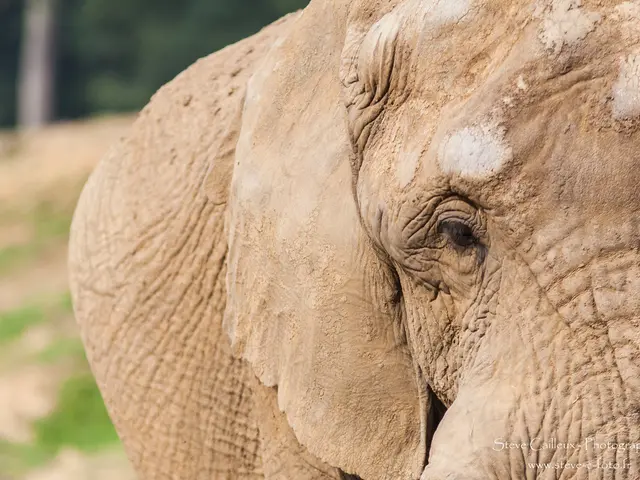Winter 2024 Records: Journal of a Mexican Gray Wolf Technical Specialist
As the seasons change, wildlife technicians collaborate with the Interagency Field Team to conduct annual Mexican gray wolf population counts, a crucial part of the species' recovery program. These young professionals, partially sponsored by Defenders of Wildlife, contribute to evaluating the wolf population's health and genetic diversity.
Scat analysis, although it may not yield perfect results due to potential misidentification with other carnivores, provides valuable DNA information to pinpoint packs and identify uncollared wolves. Semi-arid landscapes in New Mexico and Arizona play host to a variety of carnivores, making distinguishing species through scat analysis not always straightforward.
Quoting Austin Nino, a wildlife technician: "DNA from scat offers insights into pack identification and location, especially of uncollared wolves, which can either be solitary individuals or established pack members in uncharted territories."
Wildlife technicians utilize various approaches to locate the elusive wolves, including speaking with landowners about sightings, using wildlife cameras, analyzing tracks, and interpreting scat. Scat analysis is the least invasive method but could be inaccurate due to potential misidentification with other carnivores living in the area.
Ground counts and camera monitoring are essential parts of the annual population census. Helicopter operations, known as "helo-ops," are crucial for covering hard-to-reach areas in Arizona and New Mexico, mainly occurring in January. Some technicians had the opportunity this past winter to support the White Mountain Apache Tribe in their sky operations during the population count.
Quoting Jessica Ridge, a wildlife technician: "In a four-day operation, we were fortunate to find only one wolf, an older male whose collar had died. This encounter was enlightening and provided insight into the helicopter operations process."
Wildlife technicians maintain daily logs of field activities and provide regional and federal wildlife managers with valuable insights into the daily tasks required for the Mexican gray wolf recovery, such as administering vaccines to captive wolves. The program also provides hands-on experience for college students and recent graduates aiming to pursue careers in wildlife management and conservation.
In the quest to conserve and recover imperiled species, government conservation programs like the Mexican gray wolf recovery project often go unnoticed. As programs like this one and countless others across the country face scrutiny, their long-term impacts will become increasingly apparent. Defenders of Wildlife will continue to support these initiatives and advocate for those who tirelessly work towards the success of the Mexican gray wolves and the surrounding human communities.
Nino concludes, "Respect for the lands, people, and animals on the landscape is key to the project's ongoing success."
Science plays a significant role in the environmental-science field, as wildlife technicians employ various methods to study the Mexican gray wolf population and contribute to its recovery. The education-and-self-development program, supported by Defenders of Wildlife, offers hands-on experience for college students and recent graduates aiming to pursue careers in wildlife management and conservation.








